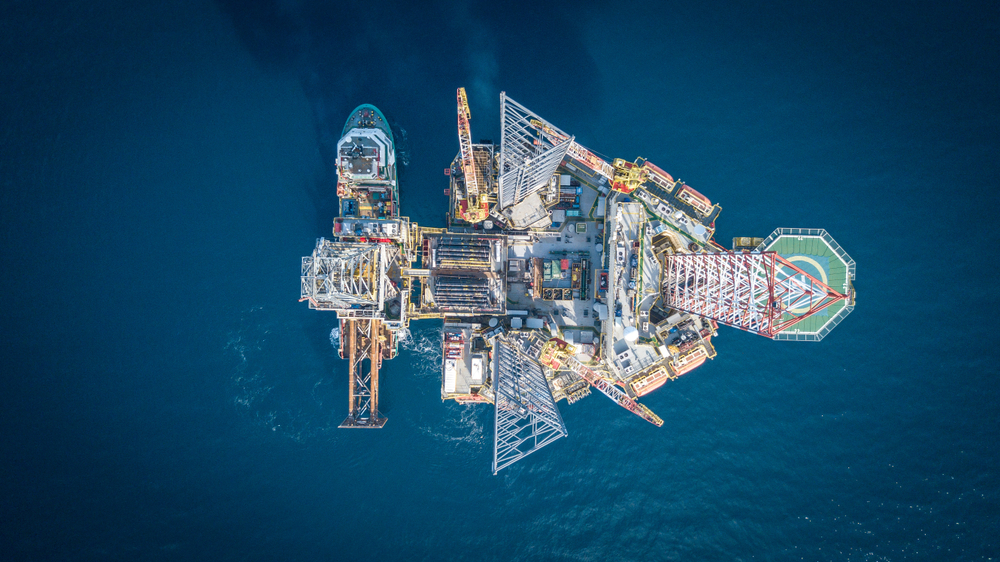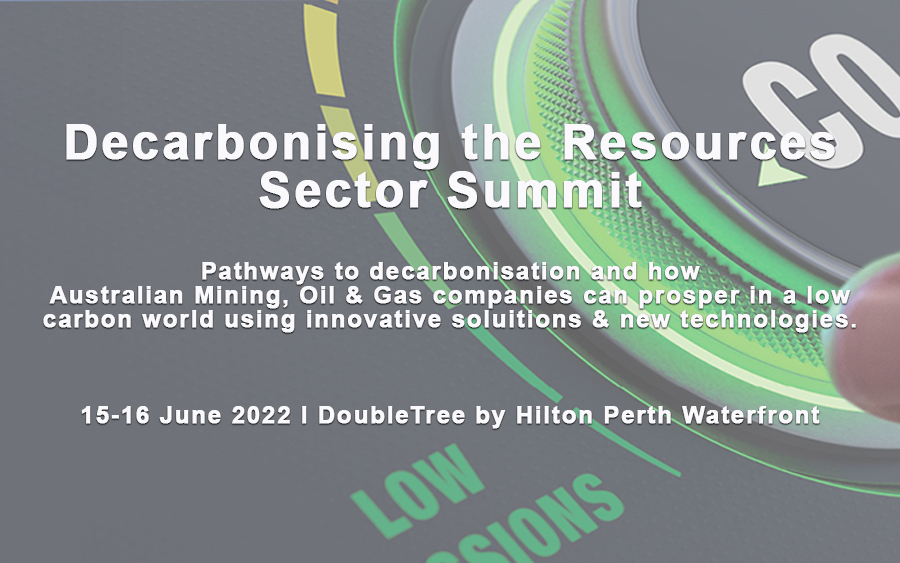
A collection of Australia’s emissions-intensive businesses and related players have identified a possible pathway to decarbonise heavy industry, outlined in a new report published today.
The Pathways to industrial decarbonisation report, published by the Australian Industry Energy Transitions Initiative (Australian Industry ETI), identify decarbonisation pathways for five high emissions supply chains: iron and steel, aluminium, other metals, chemicals, and liquefied natural gas (LNG).
Together, these industries account for an estimated 25 per cent of Australia’s greenhouse gas emissions, while generating more than 17.3 per cent of Australia’s GDP and employing an estimated 414,000 people.
The Australian Industry ETI is convened by Climateworks Centre and Climate-KIC Australia, with the support of the Energy Transitions Commission (ETC), and is comprised of 18 of Australia’s largest businesses. Collectively, Australian Industry ETI partners represent over 30 per cent of the ASX100 market capitalisation.
With the input of these businesses, and research partners CSIRO, BloombergNEF, ETC and RMI, the main report found that existing and emerging technologies have the potential to reduce emissions from these supply chains in line with a 1.5° warming scenario if strong, effective, and coordinated action across all sectors of Australia’s economy is achieved.
The report found that renewable energy is a critical enabler of industrial decarbonisation to be scaled up rapidly, and that hydrogen will be a significant emissions reduction tool across heavy industry, as well as electrification, energy efficiency and biofuels. Mechanical vapour recompression will also play a key role in reducing emissions from the aluminium supply chain.
In addition to reducing industrial emissions, the reports found that key decarbonisation technologies – such as large-scale hydrogen production and load balancing – could potentially lead to lower electricity system costs.
This transition will need to be underpinned by a significant step change in renewable generation and storage entering the grid. This includes doubling Australia’s current electricity generation, delivered by 80 GW of wind 90 GW of large scale solar.
Australian Industry ETI Chair, Simon McKeon AO, Chancellor of Monash University, former CSIRO Chairman and former Australian of the Year said commitment from industry to the long-term transition is a positive step towards developing the capabilities needed, avoiding the risk of stranded assets and higher long-term energy costs, and for ensuring a future in which Australian energy-intensive industries are competitive in a decarbonised world.
“With strong ambition, coordinated action and government support, industry emissions could be reduced by up to 92 per cent by 2050, based on 2020 levels. This, with high quality and verifiable offsets for the remaining 8 per cent, would transition industry to net zero emissions in support of the ambition to limit warming to 1.5ºC.
Climateworks Centre CEO Anna Skarbek said the three-year program has shown that transitioning heavy industries in a carbon intensive economy, like Australia’s, is a challenge that will require a transformational shift in the energy system.
“The transition is an investment in modernising Australia’s industrial regions and energy system that, over a 30-year period, equates to roughly A$20.8 billion per year if Australia is to remain on track to limit warming to 1.5ºC. Around two thirds of this investment is in the energy system and one third in industry technologies, electrification and energy efficiency.
“To put this into context, it represents a tenth of the export value of the five supply chains in focus for the Australian Industry ETI – approximately A$236 billion each year – and is comparable to investments made through other major efforts.”
bp Australia and SVP fuels & low carbon solutions Asia Pacific President Frédéric Baudry said the report demonstrates that it is possible to decarbonise the economy even in the most hard-to-abate sectors.
“It also tells us that to make the energy transition happen, there is no time to waste; we need to get on with the investments and construction required.
“bp is ready to invest in the energy transition to help provide affordable, reliable and sustainable energy for Australia’s future.”
Woodside Executive Vice President, Strategy and Climate Tony Cudmore said the report contributes to research about Australia’s potential emissions reduction pathways, and makes recommendations about the need for strong, effective, coordinated action from government, industry and finance.
“These recommendations deserve careful consideration.”
The report identifies five objectives to enable heavy industry to transition to net zero emissions consistent with global efforts to limit warming to 1.5ºC. They are for Australia to:
- Set a strong, clear, enduring framework with a net zero emissions goal to align industry, finance and government
- Transition to the large-scale, cost-competitive, renewable energy system of the future
- Accelerate development and demonstration of the emerging technologies needed
- Drive deployment of low-carbon solutions, reduce barriers and support investment towards the transition
- Develop integrated net zero emissions industrial regions, supply chains and energy network solutions.
The Australian Industry ETI represents approximately 22 per cent of Australia’s industrial emissions and approximately 32 per cent of the market value of the ASX100. They include Australian Gas Infrastructure Group, APA Group, Aurecon, AustralianSuper, BHP, BlueScope Steel, bp Australia, Cbus, the Clean Energy Finance Corporation, Fortescue Metals Group, HSBC, Orica, National Australia Bank, Rio Tinto, Schneider Electric, Wesfarmers Chemicals, Energy & Fertilisers, Westpac and Woodside Energy.
Pathways to industrial decarbonisation: Positioning Australian industry to prosper in a net zero global economy and supporting reports will be published on 20 February 2023 and available online at https://energytransitionsinitiative.org/




